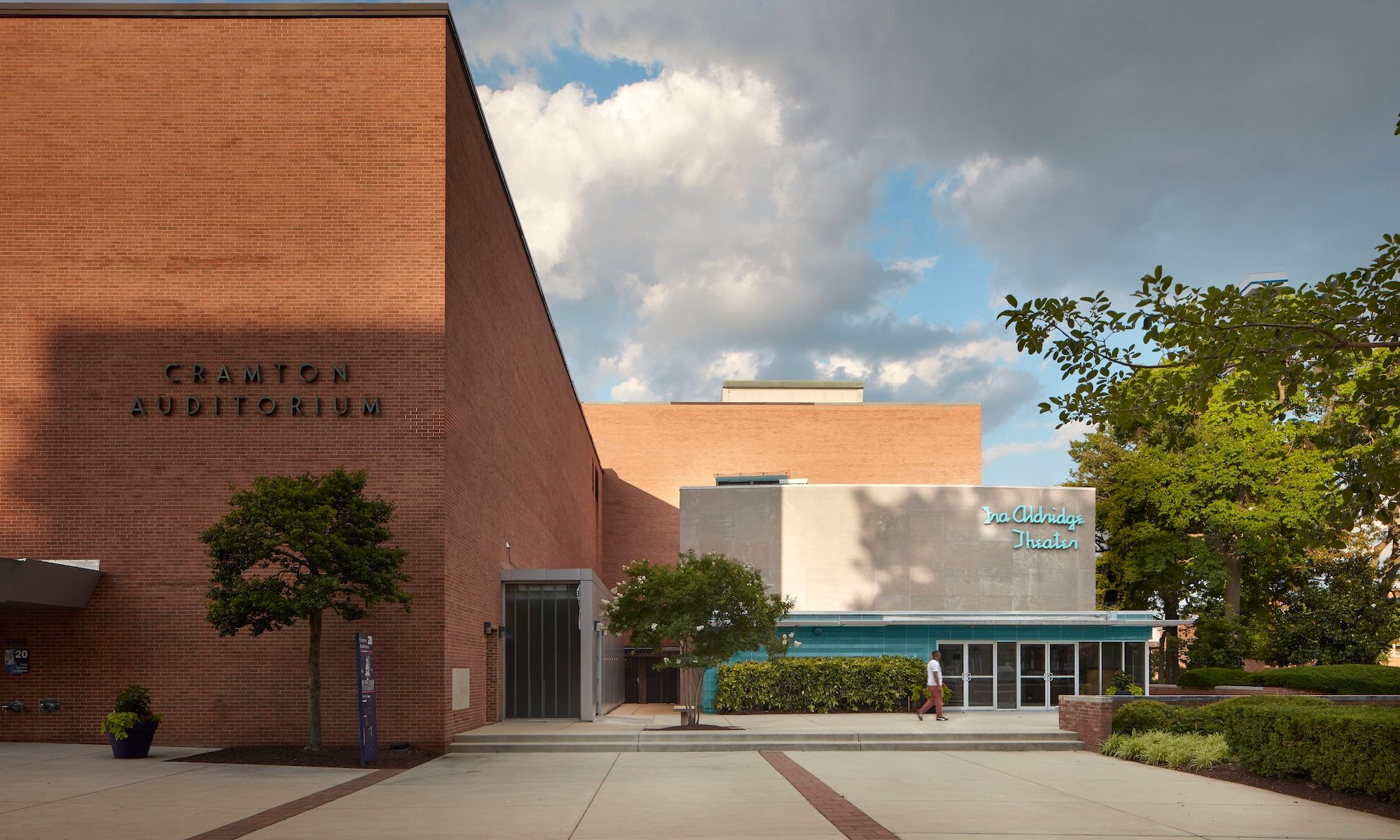Ira Aldridge Theater, Howard University, Washington, DC Courtesy the National Trust for Historic Preservation
The National Trust for Historic Preservation in Washington, DC, has announced $3m in grants to 30 Black historic sites across the US—including eight representing the history of Black Modernist architecture. Distributed by the National Trust’s African American Cultural Heritage Action Fund, grants range between $50,000 and $150,000 for restoration projects, new staff positions, educational activities, fundraising and other improvements. Among the grantees this year are schools, sports clubs and cemeteries.
“The 2024 grantee list represents culture and architecture, joy and resilience,” Brent Leggs, director of the Action Fund and senior vice president of the National Trust, tells The Art Newspaper. “These overlooked places and histories are worthy of recognition. Our nation may be rich in diverse histories, but it has been poor in its investment in those histories.”
The Action Fund was founded in 2017, a grant programme created in an effort to “ignite a cultural renaissance”, Leggs says. Born in the aftermath of the white-supremacist Unite the Right rally in Charlottesville, Virginia, the Action Fund’s goal is to underscore the importance of Black history within the history of the US writ large. The first grants were dispersed in 2018; since then, the Action Fund has given 304 Black heritage sites a total of $27m. The fund has thus far raised more than $140m for its efforts, making it the largest resource dedicated to preserving Black heritage sites in the US.
Among this year’s grantees is Los Angeles’s Alpha Gamma Omega House—founded in 1927 as a chapter of the Alpha Kappa Alpha Sorority, the first intercollegiate Black sorority. The sorority will receive $100,000 to upgrade its building’s mechanical systems. The house was built in 1911, and the sorority bought it in 1960. It was the sorority’s first chapter in Southern California to own its own home. “It’s about the Black middle-class experience,” Leggs says of the importance of preserving the historic headquarters.
Shady Rest Golf & Country Club, Scotch Plains, New Jersey Courtesy the National Trust for Historic Preservation
Leggs also highlights two sports clubs that will receive grants this year: New Jersey’s Shady Rest Golf & Country Club and the Chickasaw Park Tennis Courts in Louisville, Kentucky. Shady Rest’s $75,000 grant will be used for community cultural events with an eye towards future preservation and interpretation. Established in 1921, it was the first Black-owned country club in the US, known for hosting intellectuals, performers and athletes such as W.E.B. Du Bois, Ella Fitzgerald and the tennis great Althea Gibson—the first Black woman to win at Wimbledon in 1957.
Gibson also visited the tennis courts at Chickasaw Park, believed to be the only landscape designed by Frederick Law Olmsted's firm (of New York City’s Central Park fame) specifically for Black Americans during segregation. Chickasaw Park’s $50,000 will go towards educational programming on the history of its tennis courts. “It’s one of the oldest Black tennis courts in the US,” Leggs says. “And this builds on a previous Action Fund grantee in Lynchburg, Virginia, where Althea Gibson and Arthur Ashe would train.”
As for the eight Modernist buildings, they will each receive $150,000 through the Conserving Black Modernism initiative, a collaboration between the Action Fund and the Getty Foundation in Los Angeles to protect and educate the public about buildings designed by Black architects. The initiative is now in its second year; eight sites were chosen last time as well. This year’s grantees include the Ira Aldridge Theater at Howard University in Washington, DC—which will use the funds to educate the public about its architect, Hilyard Robinson—and the John F. Kennedy Community Center in Buffalo, New York, which will create a comprehensive preservation plan for its Robert T. Coles-designed building.
Amaza Lee Meredith's Azurest South, St. Petersburg, Virginia Courtesy the National Trust for Historic Preservation
Leggs says that of particular note in the Black Modernist category is Azurest South in St. Petersburg, Virginia. Designed by Amaza Lee Meredith as the architect’s own home and studio, it was completed in 1934. The house is located on the campus of Virginia State University, where Meredith established the fine arts programme, and the grant will be used to create a conservation management plan for the building. “Black female architects have yet to receive recognition, and this was a place of true refugee and love for Amaza Lee Meredith,” Leggs says.
The Action Fund’s grants are awarded through an open-call process. For its 2024 grant cycle, the organisation received 600 applications, Leggs says. He also notes that the relationship between the historic sites and the Action Fund is far from over after the money changes hands. “We provide specialised consultation and assistance in order to create a big social impact,” he says, adding that as much as he would have loved to visit all 30 sites, he was only able to make it to some of them.
“Universally, each time I visited a new historic site and met with the community and stakeholders, I walked away inspired and believing that it’s an act of radical love and joy—this commitment to expanding the American story,” Leggs says. “It embodies the fact that cultural heritage can provide lessons and wisdom, which is all the more important at this time in history. It’s revolution as historic preservation.”

